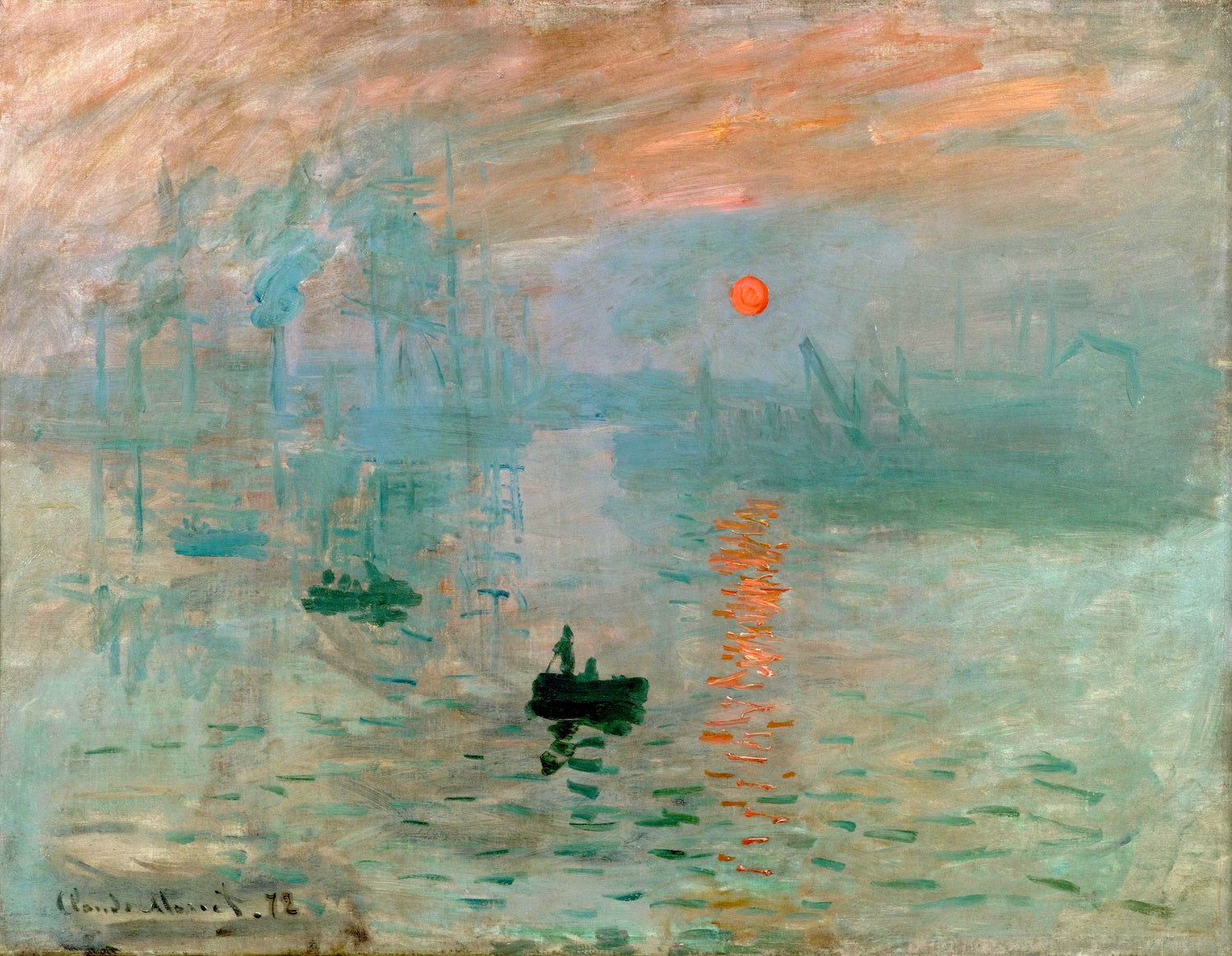Impressionism is one of the most beloved and revolutionary movements in the history of art. Emerging in late 19th-century France, it transformed how artists captured light, color, and everyday life. Instead of rigid, academic traditions, Impressionist painters sought to represent fleeting moments of atmosphere and emotion.
From Claude Monet’s shimmering Water Lilies to Pierre-Auguste Renoir’s joyful scenes of Parisian life, Impressionism continues to captivate collectors, interior designers, and art lovers. Today, hand-painted reproductions of Impressionist masterpieces allow anyone to enjoy this timeless beauty at home.
In this comprehensive guide, we’ll explore the origins of Impressionism, its key artists and paintings, the techniques that made it unique, and how you can own museum-quality reproductions of these works.
The Origins of Impressionism
A Rebellion Against Tradition
In the mid-1800s, the Paris art scene was dominated by the Académie des Beaux-Arts, which favored historical, mythological, and religious subjects painted in precise detail. Young artists, however, felt constrained by these rules.
They began to paint everyday subjects, using quick brushstrokes and vibrant colors to capture the sensation of a moment rather than a polished, idealized version of reality.
The Birth of the Name
The movement took its name from Claude Monet’s 1872 painting Impression, Sunrise. When exhibited in 1874, critics mocked the work for looking like an “impression” rather than a finished painting. The artists embraced the term, and Impressionism was born.
Key Characteristics of Impressionist Art
-
Visible Brushstrokes: Loose, expressive strokes that suggest rather than define.
-
Focus on Light: Artists painted at different times of day to capture shifting light and atmosphere.
-
Color Over Line: Bold, vibrant colors often applied side by side without blending.
-
Everyday Life: Cafés, gardens, riversides, and family moments became worthy subjects.
-
En Plein Air Painting: Working outdoors allowed painters to observe natural light directly.
Famous Impressionist Artists & Their Works
Claude Monet (1840–1926)
Often called the father of Impressionism, Monet captured the play of light on water, gardens, and skies.
Pierre-Auguste Renoir (1841–1919)
Known for joyful depictions of leisure and beauty.
Edgar Degas (1834–1917)
Famous for his dynamic studies of dancers and movement.
Camille Pissarro (1830–1903)
A master of rural landscapes and city scenes.
Berthe Morisot (1841–1895)
A pioneering female Impressionist known for domestic scenes and portraits.
-
The Cradle
-
Summer’s Day
Impressionism’s Impact on Modern Art
Impressionism was revolutionary because it:
-
Challenged academic traditions and broadened what art could depict.
-
Introduced a focus on personal vision and perception.
-
Paved the way for Post-Impressionism (Van Gogh, Cézanne, Gauguin) and eventually modern art movements like Cubism and Abstract Expressionism.
Why Impressionist Reproductions Are Popular Today
-
Timeless Appeal: Impressionist works fit seamlessly into modern and traditional interiors.
-
Color & Light: Their vibrant palettes brighten any space.
-
Relaxed Atmosphere: Scenes of gardens, rivers, and gatherings create a calming presence.
Styling Impressionist Reproductions at Home
-
Living Room: A Monet Water Lilies reproduction adds tranquility.
-
Dining Area: Renoir’s joyful gatherings create a lively focal point.
-
Bedroom: Soft pastel works bring peace and intimacy.
-
Hallways & Offices: Pissarro’s landscapes or Degas’s dancers inspire reflection.
Hand-Painted vs Prints
While prints are common, they lack the texture and depth that make Impressionism special. Hand-painted reproductions recreate the layers of brushstrokes, the interplay of colors, and the glow of natural light—restoring the magic that Monet and Renoir intended.
Why Blue Surf Art?
At Blue Surf Art, we specialize in museum-quality oil on canvas reproductions of Impressionist masterpieces. Our artists carefully study Monet, Renoir, Degas, and others to recreate their textures, tones, and vibrancy.
We provide:
-
Custom sizes for any room
-
Rolled canvas or gallery-wrap options
-
Worldwide shipping with secure packaging
FAQs About Impressionism
Q: Why is Impressionism important?
A: It broke away from academic tradition, inspiring all of modern art.
Q: Where can I see Impressionist paintings?
A: Musée d’Orsay (Paris), National Gallery (London), and The Met (New York) hold world-class collections.
Q: Are Impressionist reproductions legal?
A: Yes. Impressionist works are public domain, so reproductions are widely available.
Q: Who was the first Impressionist painter?
A: While Monet popularized the term, artists like Boudin and Pissarro influenced its early development.
Final Thoughts
Impressionism wasn’t just an art movement—it was a revolution. By capturing fleeting light and everyday beauty, Impressionist painters changed how we see the world. Owning a reproduction means surrounding yourself with that same light and joy every day.
✨ Explore our Impressionist Reproductions Collection and bring timeless beauty into your home.

Share:
Gustav Klimt’s Portrait of Adele Bloch-Bauer I: The Lady in Gold